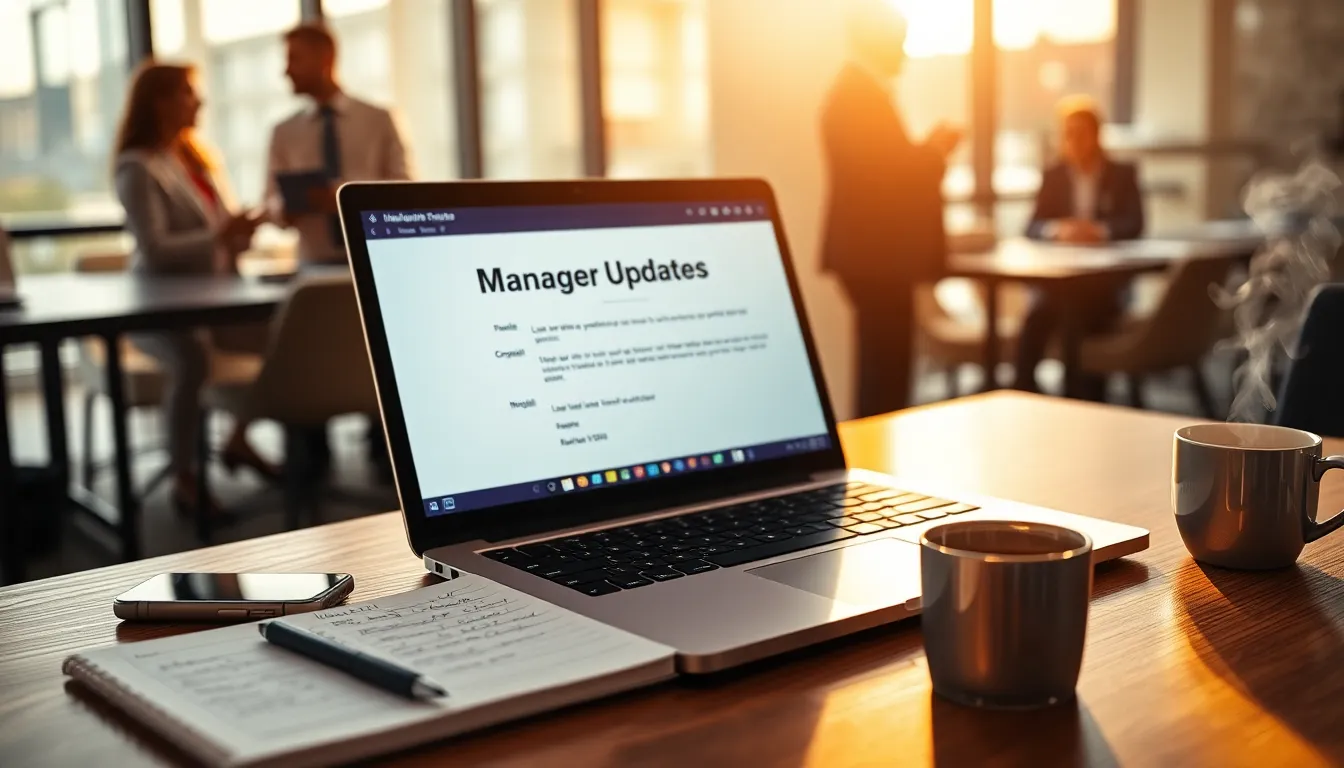Effective communication in the real estate industry is crucial to ensuring smooth operations and successful transactions. At Homerocket Realty, understanding how to use manager emails can shape the flow of information and enhance collaboration among team members. This article delves into the importance of manager communication, offers insightful tips on crafting effective emails, and highlights best practices to foster a productive environment.
Table of Contents
ToggleUnderstanding the Importance of Manager Communication

In the fast-paced world of real estate, where decisions often need to be made quickly, effective communication between managers and their teams is essential. Email serves as one of the primary modes of communication, enabling managers to convey important information, updates, and directives efficiently.
Also, utilizing email effectively allows managers to keep everyone in the loop, reducing misunderstandings and aligning goals. When all team members are on the same page, it can significantly boost productivity and foster a positive work atmosphere. The significance of this communication can be seen in the way it builds trust and transparency within the team, eventually leading to a more cohesive working environment.
How to Effectively Use the Manager Email
Utilizing manager emails effectively begins with understanding the purpose they serve. Here are some essential tips:
- Be Clear and Concise: When addressing your team, ensure that the message is straightforward. Clarity helps prevent misinterpretations and ensures that the objective of the email is understood.
- Subject Line Matters: The subject line sets the tone for the email. A descriptive subject line provides the recipient with an overview of what to expect, helping them prioritize their responses.
- Use Proper Formatting: Break up the text into readable sections with bullet points or numbered lists. This makes it easier for the recipient to digest the information quickly and efficiently.
- Respond Promptly: A timely response encourages a reciprocal communication culture, showing that you value your team’s inquiries and contributions.
- Include Call-to-Actions: If an email requires action, such as confirming attendance at a meeting or providing feedback on a report, clearly state what is expected and by when.
Best Practices for Writing Manager Emails
Crafting effective manager emails encompasses several best practices that can enhance communication:
- Personalize Where Possible: Addressing team members by name can make emails feel more personal and less transactional. It encourages engagement and openness.
- Proofread Before Sending: Mistakes can undermine the credibility of the email. A quick proofread can catch typos or incorrect information that could lead to confusion.
- Attach Relevant Documents: If the email refers to specific documents, make sure to include them. This practice not only saves time but also provides the recipient with necessary context without having to ask for additional information.
- Follow Up: In case of no reply, following up shows persistence and a commitment to keeping communication open. A gentle nudge can remind team members to respond and can also be an opportunity to reiterate important deadlines.
Common Issues in Manager Communications
Even with best intentions, common issues can arise in manager communications through email:
- Misinterpretation of Tone: Written communication lacks the nuances of face-to-face interaction, leading to possible misinterpretation. Use language that conveys your intent clearly and consider emojis or exclamations strategically to convey a friendly tone.
- Information Overload: Bombarding team members with too much information in one email can lead to essential points being overlooked. Consider sending separate emails for different topics or summarizing key information at the top of the email.
- Lack of Clarity: Failing to specify the next steps or expectations can result in confusion. Be explicit about what actions are needed and clarify any deadlines associated with them.
Tools and Resources for Managing Email Communication
Leveraging various tools can streamline email communication and increase efficiency:
- Email Management Software: Tools like Outlook or Gmail offer features such as filters and tags that help manage incoming emails effectively, ensuring important messages are prioritized.
- Templates for Common Emails: Creating templates for frequent communications can save time and maintain consistency in messaging. For instance, templates for meeting requests or project updates can ensure critical information is never omitted.
- Collaboration Tools: Integrating collaboration tools such as Slack or Asana can complement email communication, allowing team members to engage in real-time discussions without cluttering the inbox.
- Scheduling Tools: For managing appointments and meetings, using tools like Calendly or Microsoft Bookings can streamline the process of finding suitable times without back-and-forth emails.
Conclusion
In the realm of real estate, mastering the art of email communication is crucial for managers looking to foster an effective and engaged team. By understanding the importance of manager communication, utilizing email effectively, following best practices, and being aware of common pitfalls, managers at Homerocket Realty can optimize their interactions. Leveraging tools and resources can further enhance this communication, making it more efficient and less cumbersome. By investing time in refining email communication, managers can elevate team dynamics and drive successful outcomes in their real estate endeavors.
